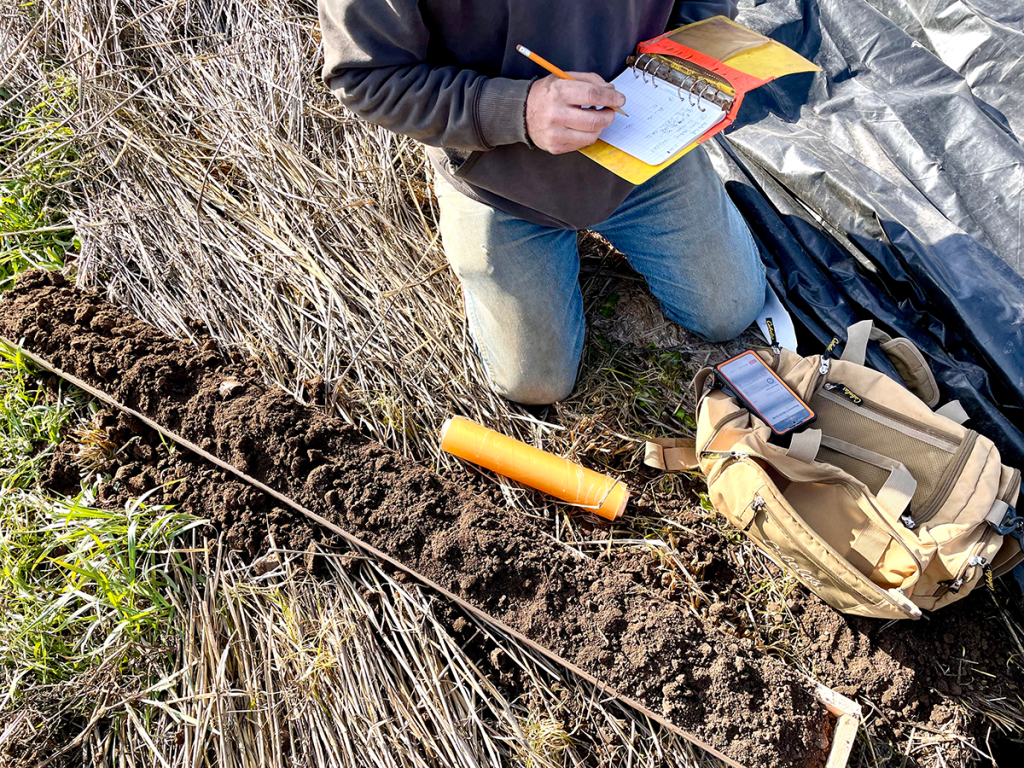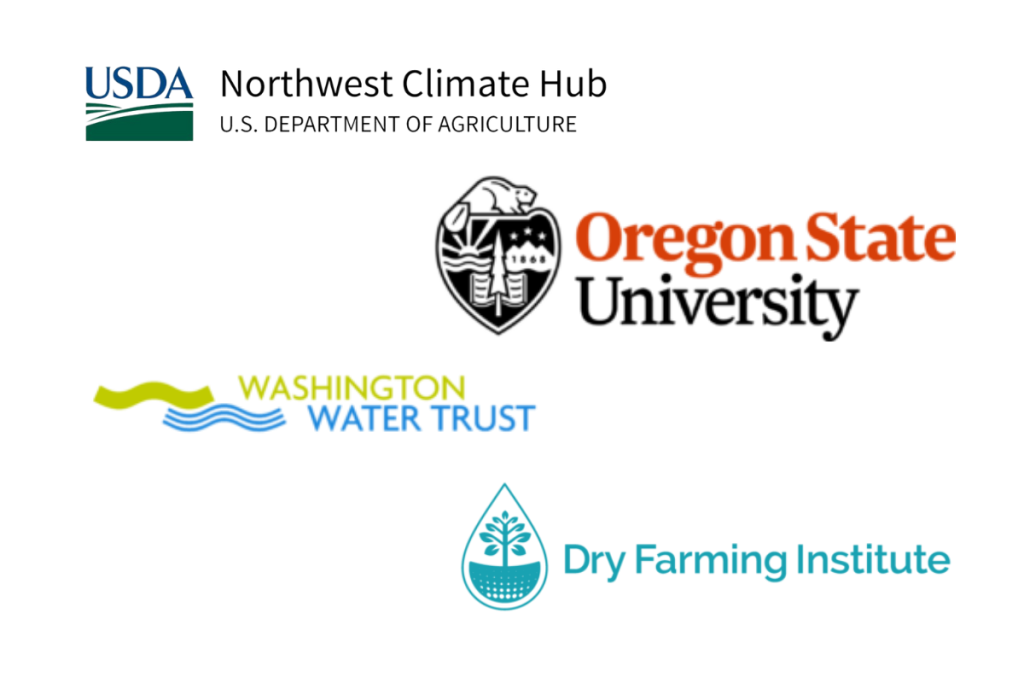Western Water Resilience Collaborative
For farmers and ranchers along the West Coast, water is at the heart of it all. Too much water, or not enough, can make or break a season or a business. Our collaborative* has come together to support producers by working across geographic lines and investing in peer-to-peer learning. Our goal is to understand challenges better and provide resources to adapt to this new level of water supply uncertainty throughout the West Coast.
Many producers are already adapting and creating innovative solutions out of necessity: building healthy soil, creating new infrastructure, and creating community-based disaster resilience plans. While every farm and ranch is unique in its geography, ecology, and management needs, there are water resilience strategies that can fit many production styles. We look forward to broadly sharing these resilience strategies stories to provide inspiration and tangible, replicable solutions.
Peer to Peer Learning Opportunities
Peer-to-Peer Learning Circles: Learning circles are smaller events offered specifically for beginning, small-scale, and underserved producers across the West Coast. At these on-farm events, participants increase their knowledge of and access to resources related to extreme weather and water-resilience practices. Learning circles are opportunities to find and build community with producers facing similar challenges and sharing innovative solutions in a region so that producers have resources beyond the event.
Past Learning Circles
Climate Resilience with the Southern Oregon Research and Education Center (SOREC) in Central Point, OR | 2023
Composting with Klamath Trinity Resource Conservation District in Hoopa Valley, CA | 2024
Small Scale Irrigation with Oregon Rural Action and Oregon State University in Heppner, OR | June 2024
Climate Resilience & Dry Farming with SOREC in Central Point, OR | July 2024
Recycled Water with Washington Water Trust in King County, WA | August 2024|
Irrigation Improvements with 5 B Cattle Company in Cove, OR | 2024
Farming and Ranching in Fire Country; Cheney, WA | 2024
Building Water Resilience with Livestock: Practical strategies for small-scale producers in Pescadero, CA | 2024
Demonstration Farms: Twelve demonstration projects will highlight regionally appropriate water resilience strategies (e.g., crop varieties, soil management practices, water management solutions, and dry farming) and provide hands-on learning opportunities for producers.
2024 Demonstration Sites:
The University of Washington (UW) Farm in Seattle, Washington: July 2024
Raptor Creek Farm, Josephine County Food Bank, Grants Pass, Oregon: August 2024
Outback Farm at Western Washington University in Bellingham, Washington: August 2024
Oregon State University’s Dry Farming Program, Corvallis, Oregon: August 2024
Siletz Farm, The Confederated Tribes of Siletz Indians, Logsden, Oregon: August 2024
Kasama Farm at Headwaters Incubator Farm, Gresham, Oregon: September 2024
Our team includes: American Farmland Trust, the Dry Farming Institute, Oregon State University Extension, the Washington Water Trust, the USDA California, Northwest Climate Hubs, and Oregon Climate and Agriculture Network. This project is supported by the USDA National Institute of Food and Agriculture’s Extension, Education, and USDA Climate Hubs Partnership program (Award #2023-67019-39349). This NIFA program is focused on providing effective, translatable, and scalable approaches to address climate change through regional partnerships.





